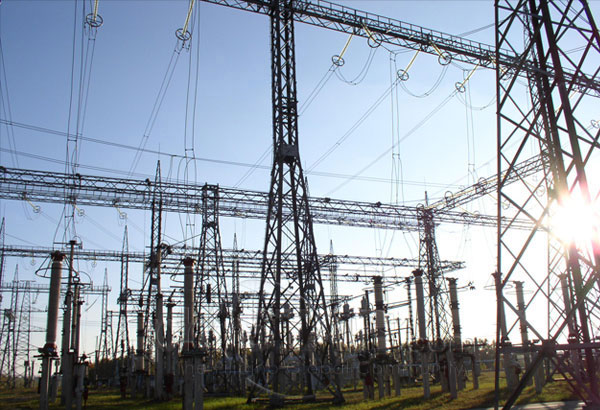ICTSI Manila: 25 yrs, 25-M TEUs
MANILA, Philippines - As if keeping in step with its parent company’s 25th year, International Container Terminal Services, Inc.’s (ICTSI) flagship, the Manila International Container Terminal (MICT) handled its 25th million TEU (twenty-foot equivalent unit) in June this year, the anniversary month of ICTSI.
“Through these 25 years, we have worked very hard and invested heavily to raise levels of efficiency in every aspect of our operation and administration,“ said ICTI Asian region head Christian Gonzalez.
“We’ve invested non-stop in port structure, top of the line equipment, leading edge technology, and manpower development to ensure that the MICT stays on top of the heap. I’d like to think that we’ve done our homework well because the MICT today is a truly world class terminal at par, even above par with the world’s top ports,†he added.
Gonzalez looks back on the early years of MICT, its growth years, peaks and troughs, and where it is today.
Back in 1988, the dust had barely settled after the People Power revolution. The Philippines was rebuilding a democracy, reforming institutions, and re-crafting the nation’s charter.
The privatization of the MICT was not only the pilot project of the Philippine Ports Authority. It was, in fact, the pilot privatization project of the Cory Aquino administration that would become the benchmark for succeeding government privatization projects for power generation and distribution, water distribution, tollways, transport licensing, to name a few. The MICT was privatized under a build-operate-transfer scheme.
ICTSI was established in 1987, initially for the purpose of bidding for the 25+25 MICT concession.
“When we established this company, we saw a pioneering opportunity. The new administration was experimenting on economic policies and ways to raise money for a bankrupt treasury, and privatization was one of the roads they decided to take to generate funds through the sale of government owned or controlled assets,†said ICTSI chair and president Enrique Razon Jr.,
ICTSI eventually bested other international and local bidders to win the concession in May 1988. After taking over the MICT in June of the same year, ICTSI quickly buckled down to re-develop the terminal. Then, the MICT was an underdeveloped terminal with two dilapidated quay cranes projected to have a fully developed annual capacity of 450,000 TEUs.
The MICT’s double digit volume growth since 1989 was disrupted only as a result of the 1997 Asian Financial Crisis. Stringent housekeeping and financial prudence through kept the MICT above water until the global economy, including that of the Philippines, began to see signs of recovery.
“With the Philippine economy growing at a record phase of 7.5 percent as of the second quarter, the MICT is more than ready to handle the country’s growing trade. From the beginning and until now, we continue to take this role seriously, and we will continue the hard work to continually improve,†said Gonzalez.
A quarter of a century later, the MICT has an annual capacity of 2.5 million TEUs, the country’s largest. It has added two berths to have the country’s longest quay line, and is mulling construction of another one. It has the largest and most cargo handling equipment fleet, modern and way ahead of the handling trends.
- Latest
- Trending






























